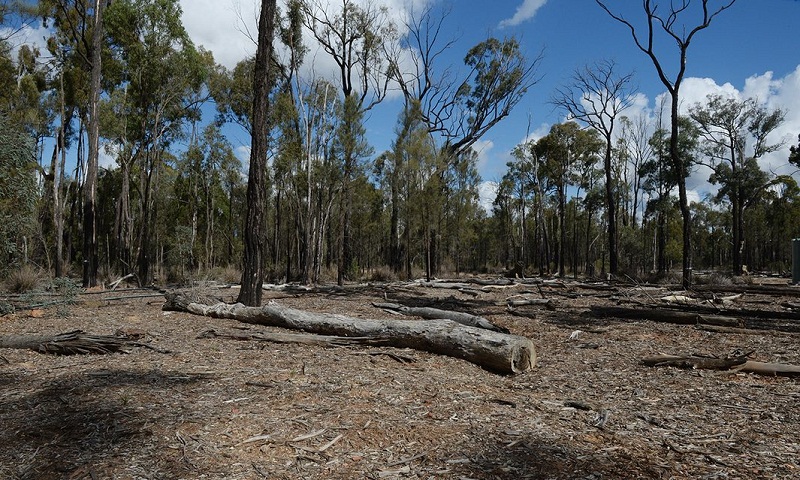There is no gas crisis in Australia, but there is an attack on our natural assets

It’s ludicrous to say there is a gas crisis in Australia when we are set to overtake Qatar to become the world’s biggest gas producer. Australia has plenty of gas to meet our needs and the world has three times as much fossil fuel reserves that can be used to keep global temperature rises below 2◦C. We have so much gas that we export most of it. The gas companies are shipping off huge amounts of it because they can reap greater profits overseas, leaving Australian households and businesses to squabble over what’s left at inflated prices. When Australian industries say they may have to cut production because of a lack of gas as it’s sent overseas, things are getting ridiculous. When there is talk of importing gas, things are getting plain stupid. We should not be pushing new fossil fuel schemes when the world is heading towards a climate change point of no return. It’s time to pursue renewables, with energy analyst RepuTex saying with better storage technology, their true cost is cheaper than gas. Governments are using this confected gas crisis to push environmentally destructive gas projects on Australian communities that don’t want them. Recently the independent Australian Energy Market Operator singled out the beleaguered Narrabri gas project in north-west NSW. Santos’s Narrabri gas project has a long tragic history of failure in the Pilliga forest, with at least 20 toxic coal seam gas waste water spills, including the contamination of an aquifer with uranium and other toxic heavy metals. The Pilliga is NSW’s last great inland forest, home to many threatened species including our treasured koala and the Pilliga mouse. It’s also a major recharge zone for the Great Artesian Basin, an essential water source for inland Australia, and part of the Murray Darling basin, Australia’s biggest food bowl. Those toxic spills came from less than 50 exploration wells but last month Santos finally lodged an application to drill 850 production wells in the Pilliga and the surrounding productive farmland, three years behind schedule. Santos had written off the project before this renewed gas push, and hived it off to be managed separately with other “non-core assets” as it tries to repay its massive $4.5bn debt, including the $1bn it has lost on the Narrabri folly that locals don’t want. This project has been dogged for years with protests by farmers, townspeople, traditional owners and environmentalists – which will only continue. An overwhelming 96% of landholders representing 3.2m hectares of land that Santos holds leases over have declared themselves gasfield free.

